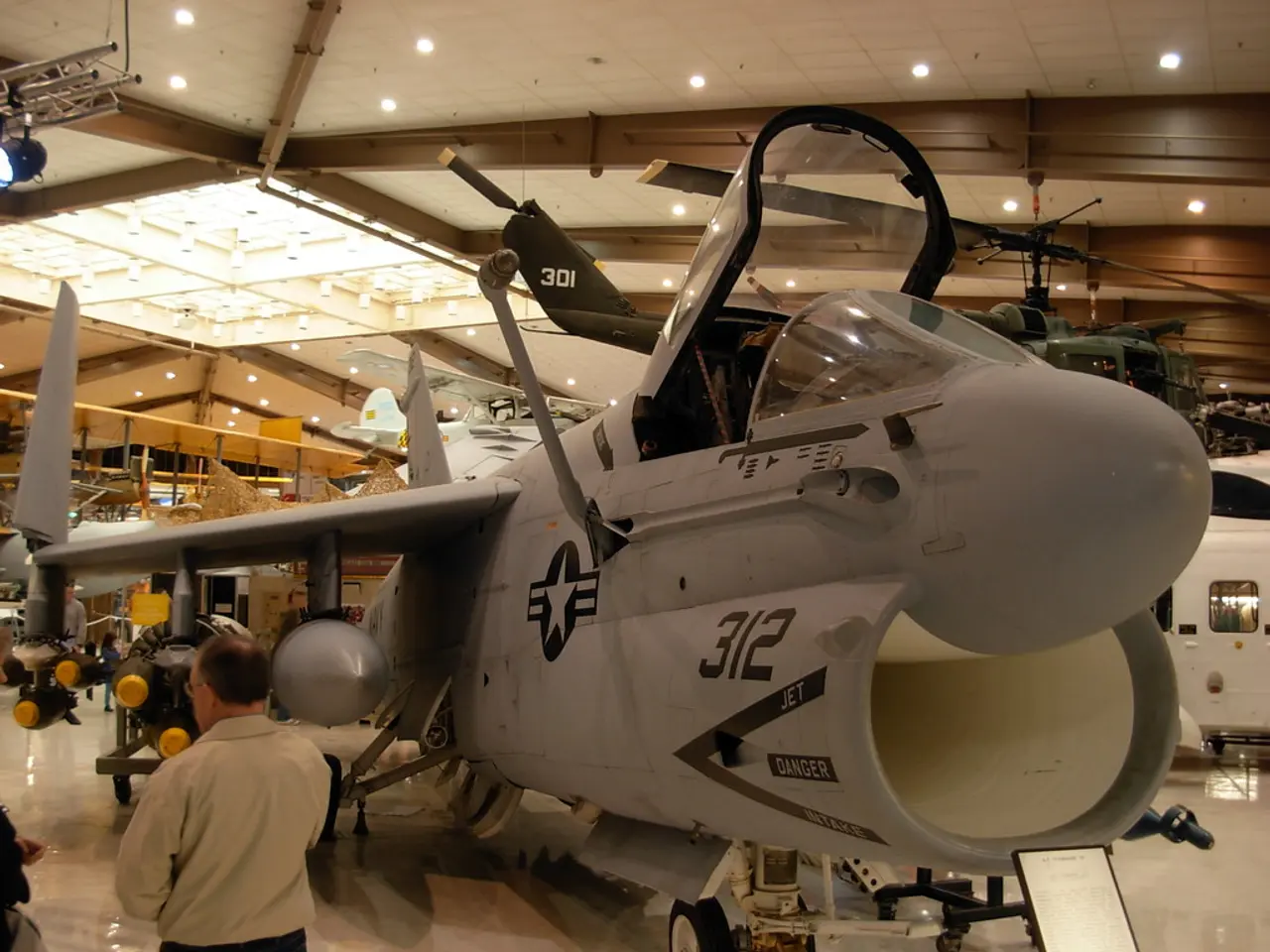Exploring the Depiction of Unidentified Flying Objects in Popular Culture: Ranging from Alien Theories to Academic Research
The Evolution of UFOs: From Conspiracy Theories to Scientific Inquiry
The intriguing phenomenon of Unidentified Flying Objects (UFOs) has captivated the public imagination for decades, transforming from a subject of fringe conspiracy theories to a legitimate area of scientific inquiry. This transformation is a complex and multifaceted process that spans several decades.
Early Sightings and Theories (1940s–1950s)
The modern UFO phenomenon can be traced back to June 24, 1947, when private pilot Kenneth Arnold reported seeing nine crescent-shaped objects flying at supersonic speeds near Mount Rainier, Washington. This incident marked the beginning of the modern UFO phenomenon and led to the coining of the term "flying saucer" [1][2].
In response to these sightings, the U.S. Air Force initiated projects like Project Sign, Project Grudge, and Project Blue Book to investigate UFO sightings. Initially, UFOs were believed to be Soviet aircraft, but some researchers began to consider the possibility of extraterrestrial origins [1][2].
Public Interest and Cultural Impact (1950s–1970s)
UFOs became a staple of science fiction, appearing in films and literature, fueling both public fascination and skepticism about their existence. J. Allen Hynek, a consultant for Project Blue Book, initially approached UFOs as a skeptic but later became convinced that some UFO cases defied explanation, contributing to a more serious scientific approach [5].
Shift Towards Scientific Inquiry (1970s–Present)
The Centre for UFO Studies (CUFOS) was founded by J. Allen Hynek in 1973, marking a transition towards structured research rather than mere speculation. The organisation aimed to scientifically investigate UFO reports [5].
Recent years have seen efforts to integrate civilian and military reports, creating more comprehensive databases and investigations. This integration reflects a growing interest in understanding unidentified aerial phenomena (UAPs) without the stigma of earlier conspiracy theories [3].
Contemporary Legitimization
Governments and military organisations have increasingly acknowledged the existence of UAPs, reframing the discussion from speculative to empirical. This shift towards treating UAPs as legitimate phenomena for scientific study has further legitimized the field [6].
As scientific and military communities have taken a more serious approach to studying UAPs, public perception has begun to shift from considering UFOs purely as fringe conspiracy theories to regarding them as worthy of scientific investigation [7].
Notable events in this shift include the revelation of the Pentagon's Advanced Aerospace Threat Identification Program (AATIP) in 2017 [4], and videos from Navy pilots like the "Tic Tac" encounter, which went viral and shifted the discourse from conspiracy to credible threats [8].
In summary, the evolution of UFO research from fringe theories to legitimate scientific inquiry reflects a gradual shift in public and scientific perception, influenced by significant events, figures, and the growing recognition of unidentified aerial phenomena as a field worthy of empirical study.
[1] NICAP Report on the Arnold Case [2] Kenneth Arnold's Interview with Frank Edwards [3] NASA's UAP Study and AARO [4] NYT Article on the Pentagon's AATIP [5] J. Allen Hynek's Biography [6] NASA's AARO and UAP Investigations [7] Public Perception of UFOs [8] Navy Pilot's UFO Encounter Goes Viral
The transformation of UFOs from subjects of fringe conspiracy theories to a legitimate area of scientific inquiry mirrors the evolution of the space-and-astronomy field. This shift has led to significant improvements in aerospace, with organizations like the Centre for UFO Studies (CUFOS) contributing to the scientific investigation of UFO reports [5]. Pop-culture, particularly science fiction, has played a role in fueling public interest in UFOs during the 1950s to 1970s [3]. As entertainments continues to portray UFOs and space economy in various media, the study of UAPs and its associated processes is expected to retain a place in science and pop-culture.








